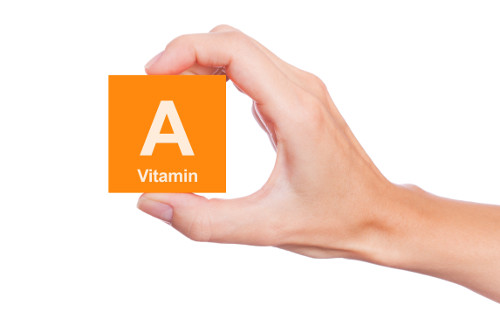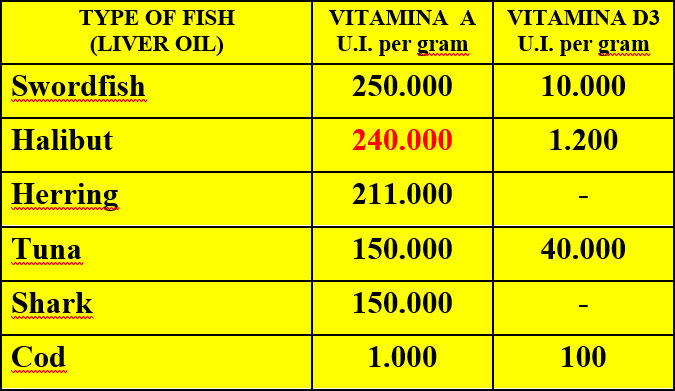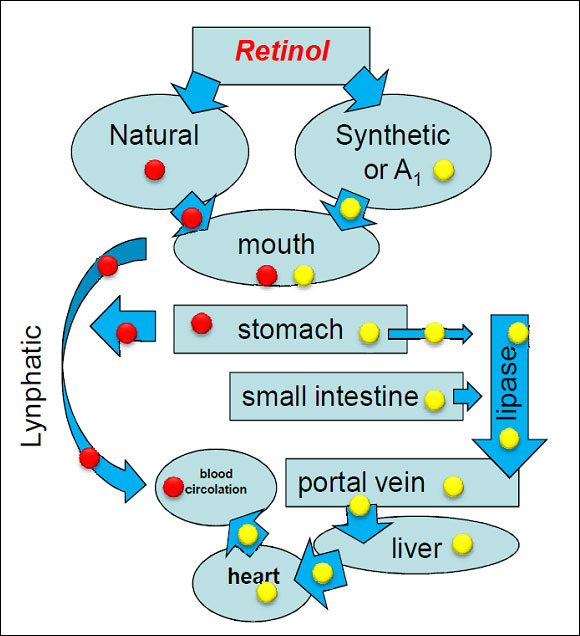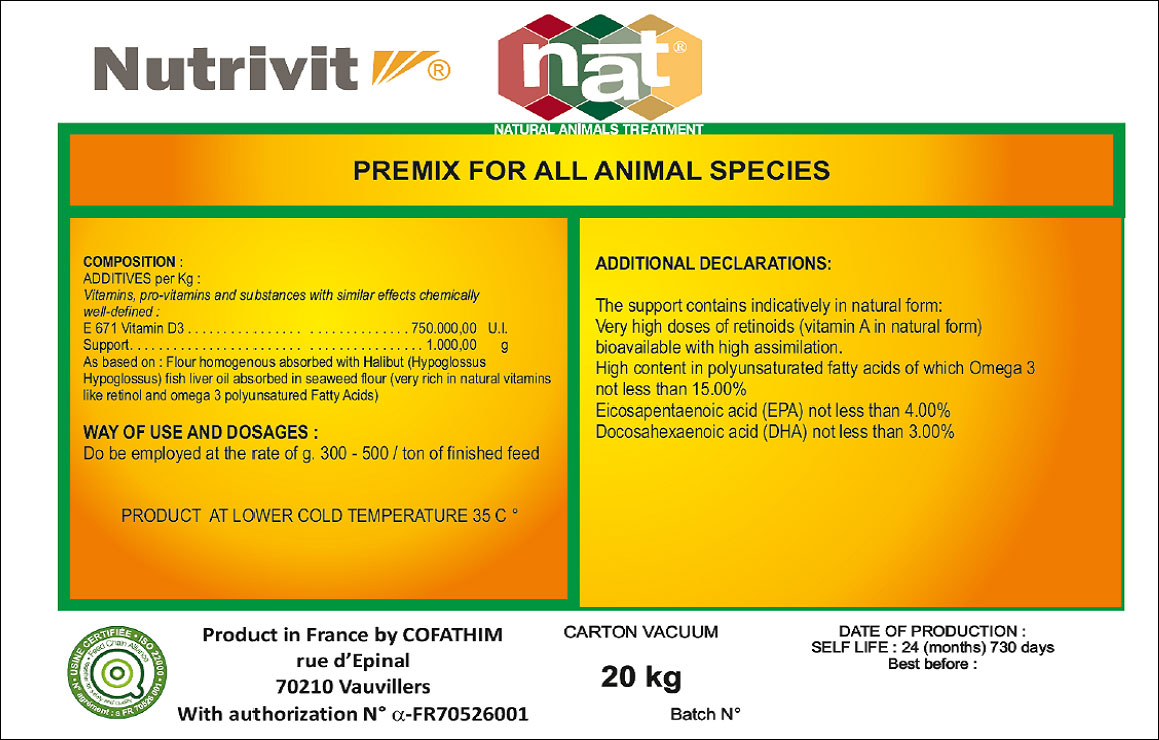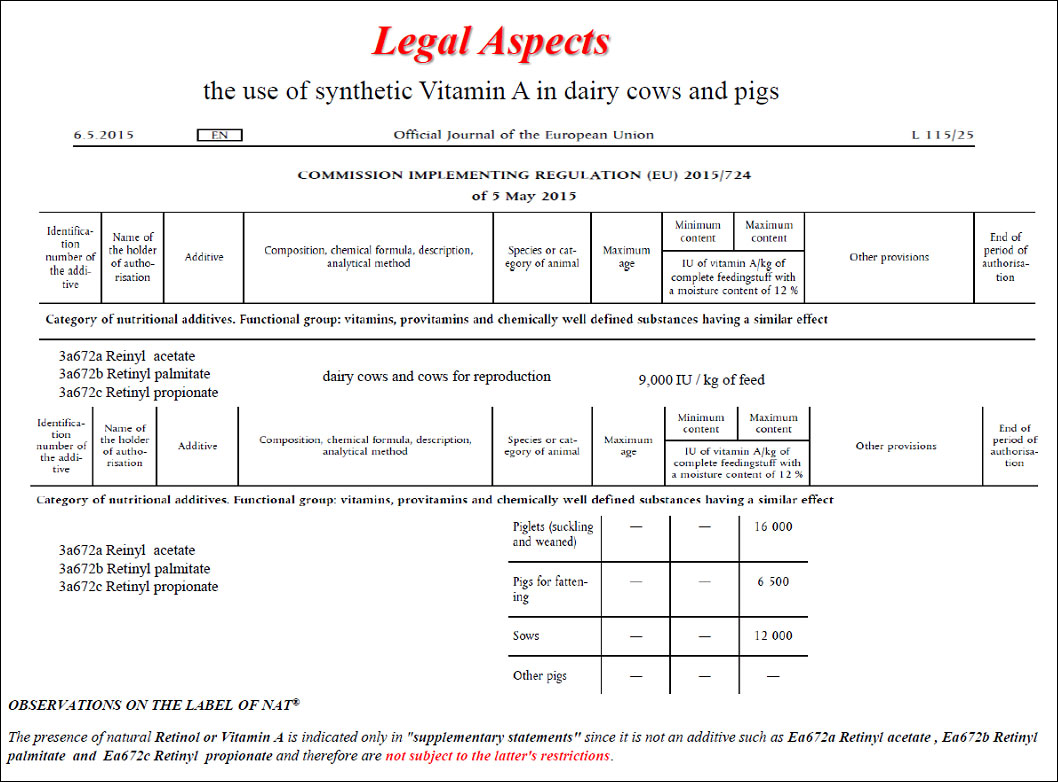Natural sources of Vitamin A
Fish liver oil (halibut, cod, salmon, etc.) has always been considered, universally by all researchers, scientists, doctors and nutritionists, as the best existing source of natural Vitamin A . One of the richest fish of theis vitamin, which lives in the North Pacific (Alaska) within the Arctic circle is the Halibut belonging to the Hippoglossus hippoglossus varieties.
How is processed?
After extraction, the oil is processed to obtain different types, more or less purified and concentrated, destined respectively for the pharmaceutical, cosmetic and zootechnical industries. The quality of the oil depends not only on Retinol or Vitamin A but also on the degree and technique of refining, the degree of rancidity, the degree of purity and its pollution and contamination index, both bacterial and of inorganic residues, with particular reference to heavy metals (mercury, lead, cadmium, etc …), and to hydrocarbons (oil and derivatives). Therefore, it requires careful processing by suitably equipped industries and able to guarantee excellent quality that is constant over time at acceptable prices.
Bibliographic source:
Verage values in Retinol (Vitamin A) e cholecalciferol (vitamin D3) in the liver of some marine fish (Table 2.4 – 3.2, Russell Lee – Mc Dowell “Vitamin in Animal Nutrition” Acc.Press, California, 1989.
Natural Vitamin A or Retinol, naturally contained in this type of oil, although apparently similar to that produced synthetically by the chemical industry, is profoundly different and to and say affirm , as many technicians do in the zootechnical field, that Vitamin A obtained by chemical synthesis it has the same biological value as the natural one (ie biologically active), it is an obvious gross error. They are two distinct products that have nothing in common but the denomination, in fact they have one:
- similar but not equal molecular structure
- different chemical composition
- different melting point
- different molecular weight
It was the prof. McCollum in 1926 at the Experimental Agricultural Station in Madison (Wisconsin – USA) who pointed out that the vital factor contained in the fish liver oil of the “Arctic” (improved spermatogenesis in boars)seas was a fat-soluble substance (chemically belonging to the amine group) and since then it was assumed that vital factors of this kind contained in food were more than one, they called it seen Vitamin A, since it was the first. Later the same researchers discovered that the grass of some pigmented plants such as alfalf and carrots and many other plants, had similar properties. Thus they came to the conclusion that even in the plant world there was a vital food factor of this type, this time water soluble. Only later, with the evolution of biochemical studies, was it possible to state with certainty the existence of two sources of this vitamin.
The first is a real vitamin called Retinol of exclusive animal origin and the second a provitamin called water-soluble β-Carotene of exclusive vegetable origin, which once taken by the animal is transformed into Retinol or Vitamin A in intestinal cells:
Biochemical differences between Natural Retinol and synthetic Vitamin A
The naturally occurring Retinol is in two chemically similar but not identical forms called A1 and present at 95% in marine fish oil and A2 or 3-dehydroretinol present in the same 5% oil. The form A1 which is the only synthetically reproduced. Retinol occurs naturally in two forms called “vitamers”
1) Retinal ‘all trans’
2) Retinal ‘11 cis ’
The form A2 or 3-dehydroretinol is not reproducible and is distinguished by the presence between the C3 and C4 of a double bond = unsaturated. Vitamer A1 is undoubtedly the most functional, while Vitamer A2 is not exactly known for its function other than acting as a synergist of A1 and cannot be reproduced synthetically.
This partly explains why dosages of natural Vitamin A or Retinol, all in all quite modest, have given physiological responses much higher than those normally obtained at high dosages with synthetic ones and why the latter is not at all toxic.

